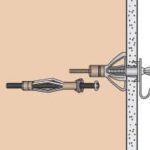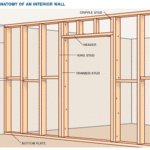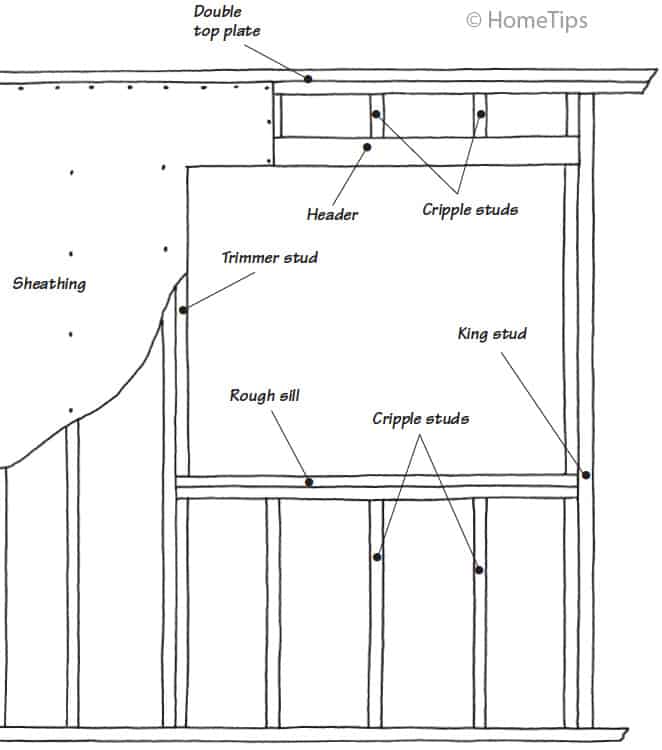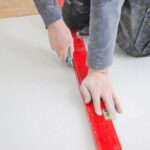This buying guide will help you choose the right wall fasteners for your wall project. Learn about the different types of wall fasteners available, how to choose the right fasteners for your wall material, and how to install wall fasteners properly.
You can hang heavy objects such as picture frames, plant hangers, and shelves on gypsum wallboard, plaster, or other hollow walls in several ways. The simplest is to hang items where a nail or screw can be driven into a stud or joist behind the finished wall or ceiling.
You can use conventional nails to hang light objects from these walls (drill pilot holes first to avoid creating cracks), but picture hooks, which are rated in pounds, are often a better option. Determine the weight of the item to be hung, and purchase a hook that can support that weight or more. For example, a 35-pound picture frame should be secured by a 50-pound picture hook.
Choosing Wall Anchors for Heavy Objects
To secure shelf brackets and other heavy items, use only wood screws driven into studs. When you can’t drive into a stud, support medium-weight items with anchors or toggle bolts. Once they are driven into the holes, they expand to distribute weight more widely than do screws.
Be sure to buy the proper size fastener for the thickness of the wall and the weight of the object you are hanging. Drill a hole, install the anchor, and insert the screw; then tighten it to spread the anchor. When using a toggle bolt, slide the bolt through the hook or object to be mounted before inserting the toggle in a hole drilled into the wall; if you remove the bolt when the fastener is in place, you will lose the toggle. Don’t fasten the bolt or screw too tight; this only pulls the anchor or toggle into the wall material and weakens its grip.
On masonry walls, hang light objects from special tempered-steel masonry nails. Drive them in with a hammer (be sure to wear safety glasses).
For heavier objects, use anchors that have a sleeve that expands to hold a screw or bolt in place. The key to successful installation of masonry anchors is proper drilling of the hole to receive the sleeve and screw.
Use an electric drill with a carbide-tipped masonry bit to drill the hole. Then push in the sleeve, insert the screw through the object you are fastening, and drive the screw into the sleeve.



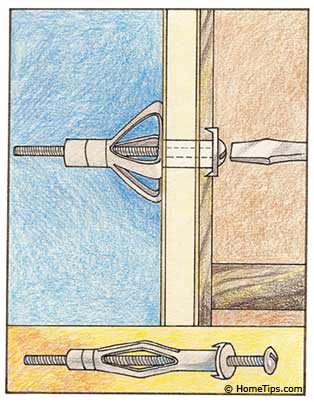




 Don Vandervort writes or edits every article at HomeTips. Don has:
Don Vandervort writes or edits every article at HomeTips. Don has:
